Diverse Product Offerings
The Bar Soap Market is characterized by a diverse range of product offerings that cater to various consumer preferences. This diversity includes formulations for sensitive skin, moisturizing properties, and specialized scents, which appeal to a broad audience. The introduction of artisanal and handcrafted soaps has also gained traction, as consumers seek unique and personalized experiences. Market data suggests that the premium segment of bar soaps is witnessing robust growth, with consumers willing to pay more for high-quality, unique products. This trend encourages manufacturers to innovate and expand their product lines, thereby enhancing competition and driving sales within the Bar Soap Market.
Health and Hygiene Awareness
The Bar Soap Market is significantly influenced by heightened health and hygiene awareness among consumers. The increasing focus on personal hygiene, particularly in the wake of various health campaigns, has led to a surge in soap consumption. Data indicates that The Bar Soap Market is expected to reach a valuation of over 30 billion dollars by 2026, with bar soap accounting for a substantial share. This trend is further supported by educational initiatives promoting handwashing and the use of soap as a primary means of preventing illness. Consequently, manufacturers are capitalizing on this awareness by marketing their bar soaps as essential hygiene products, thus driving growth in the Bar Soap Market.
Emerging Markets and Urbanization
The Bar Soap Market is witnessing growth driven by emerging markets and urbanization trends. As urban populations expand, there is an increasing demand for personal care products, including bar soap. This trend is particularly evident in developing regions, where rising disposable incomes and changing lifestyles are leading to greater consumption of hygiene products. Market analysis suggests that the Asia-Pacific region is expected to see the highest growth rate in the bar soap segment, with a projected increase of over 10% annually. This urbanization trend is prompting manufacturers to tailor their products to meet the specific needs of these markets, thereby enhancing their competitive edge in the Bar Soap Market.
Rising Demand for Eco-Friendly Products
The Bar Soap Market is experiencing a notable increase in demand for eco-friendly products. Consumers are becoming increasingly aware of environmental issues, leading to a preference for sustainable and biodegradable options. This trend is reflected in the growing sales of natural and organic bar soaps, which are perceived as safer for both personal health and the environment. According to recent data, the market for eco-friendly personal care products is projected to grow at a compound annual growth rate of approximately 8% over the next five years. This shift towards sustainability is compelling manufacturers to innovate and reformulate their products, thereby enhancing their market presence in the Bar Soap Market.
Influence of Social Media and Online Marketing
The Bar Soap Market is increasingly shaped by the influence of social media and online marketing strategies. Brands are leveraging platforms such as Instagram and TikTok to engage with consumers, showcasing their products through visually appealing content. This digital engagement has proven effective in reaching younger demographics, who are more inclined to purchase products endorsed by influencers. Data indicates that brands utilizing social media marketing experience a 30% higher engagement rate compared to traditional marketing methods. As a result, companies are investing in digital marketing campaigns to enhance brand visibility and drive sales, thereby contributing to the growth of the Bar Soap Market.


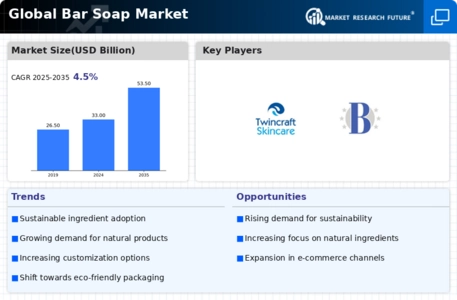
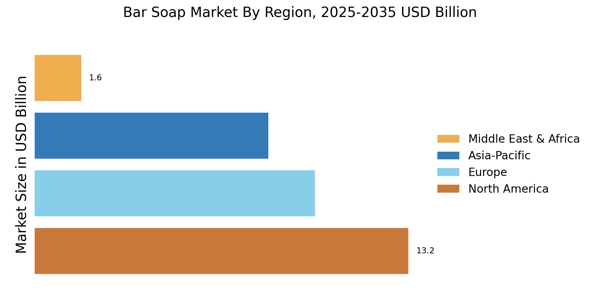
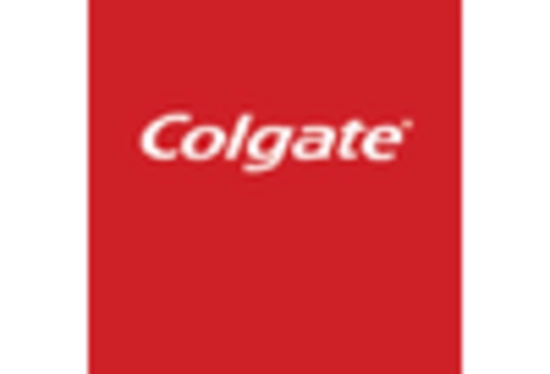
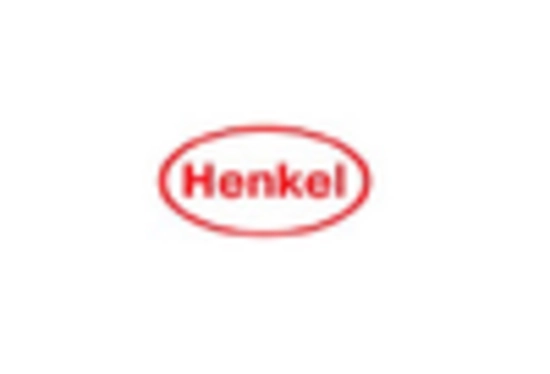

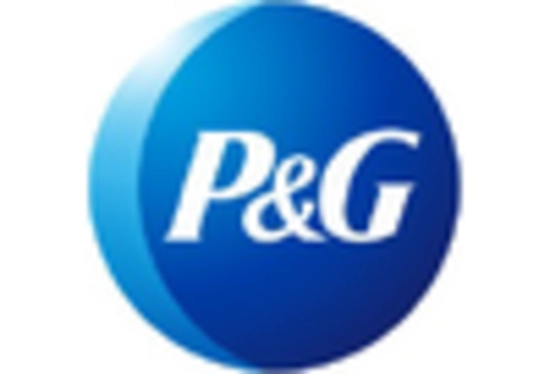
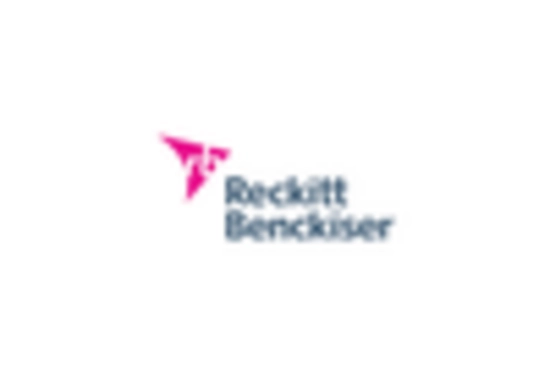
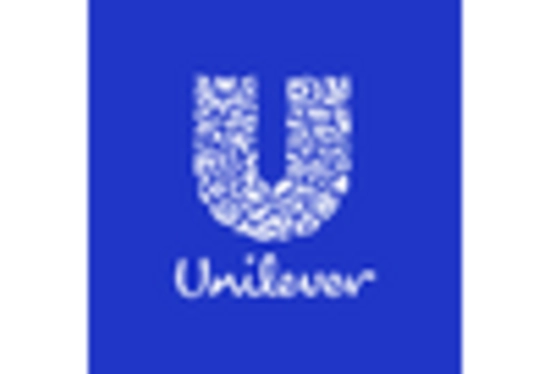








Leave a Comment